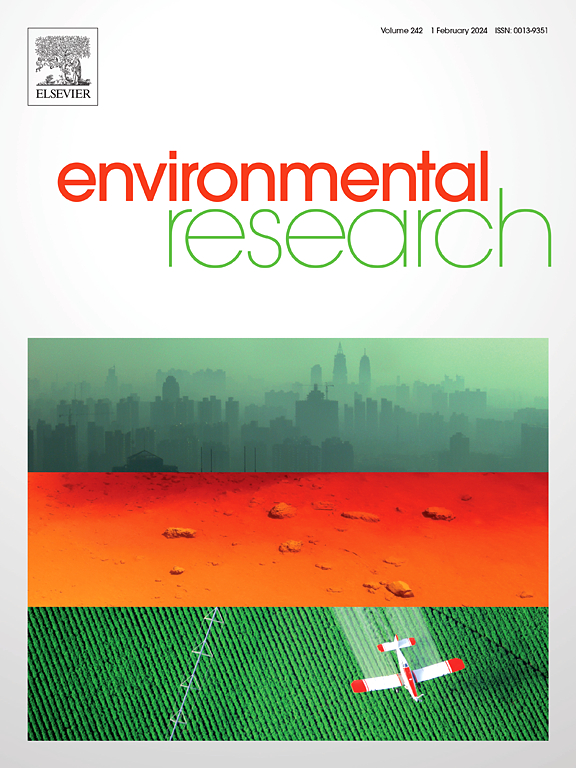Sediment eDNA reveals damming triggered changes in algal and fish communities at the Three Gorges Reservoir in China
IF 7.7
2区 环境科学与生态学
Q1 ENVIRONMENTAL SCIENCES
引用次数: 0
Abstract
With the rapid development of water conservation projects around the world, the potential impacts of damming on river ecosystems have attracted widespread attention. Here, we employed the environmental DNA (eDNA) records of the sediment core profiles to explore the effects of the dam construction on algal and fish community structure and biodiversity in the Three Gorges Reservoir in China for the past few decades. We detected 242 genera of algae and 62 species of fish in the sediment cores of the Xiangxi River estuary, the main tributary of the reservoir. The structure of algal and fish communities was changed significantly before and after damming. The dominant species in the algal community shifted from Cyanophyta to Bacillariophyta, while the dominant species in the fish community remained Cypriniformes, and the species diversity fluctuated greatly after damming. In addition, the Non-metric Multidimensional Scaling (NMDS) analysis showed that the composition of algal communities differed significantly among different sequences, while the differences among fish community groups were relatively small. The total nitrogen (TN) and total phosphorus (TP) in sediments were expected to be the main factors, affecting the abundance of eDNA in algae and fish in sediments. Our research emphasizes the progressiveness of sediment eDNA in retrieving the historical dynamics of biological communities, and especially, obtaining the temporal succession trend of biological communities is crucial to understanding the impact of dam construction on the reservoir ecosystem.

中国三峡水库沉积物eDNA揭示了大坝引发的藻类和鱼类群落变化
随着世界各国水利工程的快速发展,筑坝对河流生态系统的潜在影响引起了人们的广泛关注。本文利用沉积物岩心剖面的环境DNA (environmental DNA, eDNA)记录,探讨了三峡库区近几十年来大坝建设对藻类和鱼类群落结构及生物多样性的影响。在水库主要支流湘溪河口沉积物岩心中,共检出藻类242属、鱼类62种。在筑坝前后,藻类和鱼类群落结构发生了显著变化。藻类群落的优势种由蓝藻纲向硅藻纲转变,鱼类群落的优势种仍为鲤形纲,且筑坝后物种多样性波动较大。此外,非度量多维尺度(NMDS)分析表明,不同序列间藻类群落组成差异显著,而鱼类群落群间差异相对较小。沉积物中总氮(TN)和总磷(TP)是影响沉积物中藻类和鱼类eDNA丰度的主要因素。我们的研究强调沉积物eDNA在检索生物群落历史动态方面的进步性,特别是获得生物群落的时间演替趋势对于理解大坝建设对水库生态系统的影响至关重要。
本文章由计算机程序翻译,如有差异,请以英文原文为准。
求助全文
约1分钟内获得全文
求助全文
来源期刊

Environmental Research
环境科学-公共卫生、环境卫生与职业卫生
CiteScore
12.60
自引率
8.40%
发文量
2480
审稿时长
4.7 months
期刊介绍:
The Environmental Research journal presents a broad range of interdisciplinary research, focused on addressing worldwide environmental concerns and featuring innovative findings. Our publication strives to explore relevant anthropogenic issues across various environmental sectors, showcasing practical applications in real-life settings.
 求助内容:
求助内容: 应助结果提醒方式:
应助结果提醒方式:


